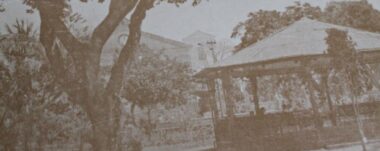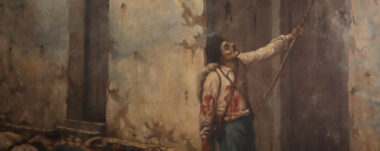Where does the Costa Rican typical costume come from?
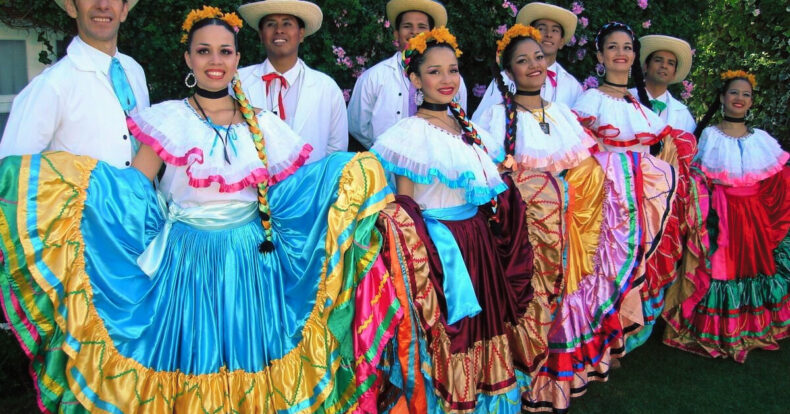
Learn more in this article about the history of the Costa Rican typical costume. What is its origin? What are its characteristics?
Typical costumes synthesize traits that culturally define a people. This means that it is a form of regional or national identity as is a flag, an anthem, a symbol, etc.
To analyze a typical costume it is necessary to know the culture and history of that town.
Although traditional costumes have existed since ancient times, the concept was born in the 19th century with the romantic nationalism in Europe, which took reference from the rural costumes of the continent.
Costa Rican typical costume
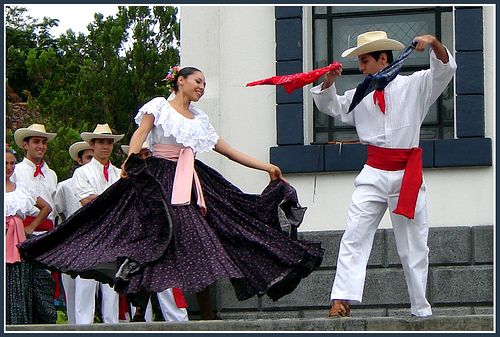
Actually, Costa Rican traditional costumes are generally used in specific scenarios such as civic acts, festivities and carnivals. As for its use, we can say that it is different from the costumes of countries like Peru, which are actually used by people in their daily life.
For the women, the typical costume consists of a white blouse with puffed sleeves and frills and a long skirt with frills at the bottom edge. This costume can have variations in details, colors and accessories.
In a certain way, they are reminiscent of the indigenous culture of the country in their details and shape.
In turn, the men wear colored pants, which are generally only white due to their preference in colonial times, and a long-sleeved camisole. Because it is all white, the striking feature of this costume is the breastplate, which is always a striking color.
Its origins
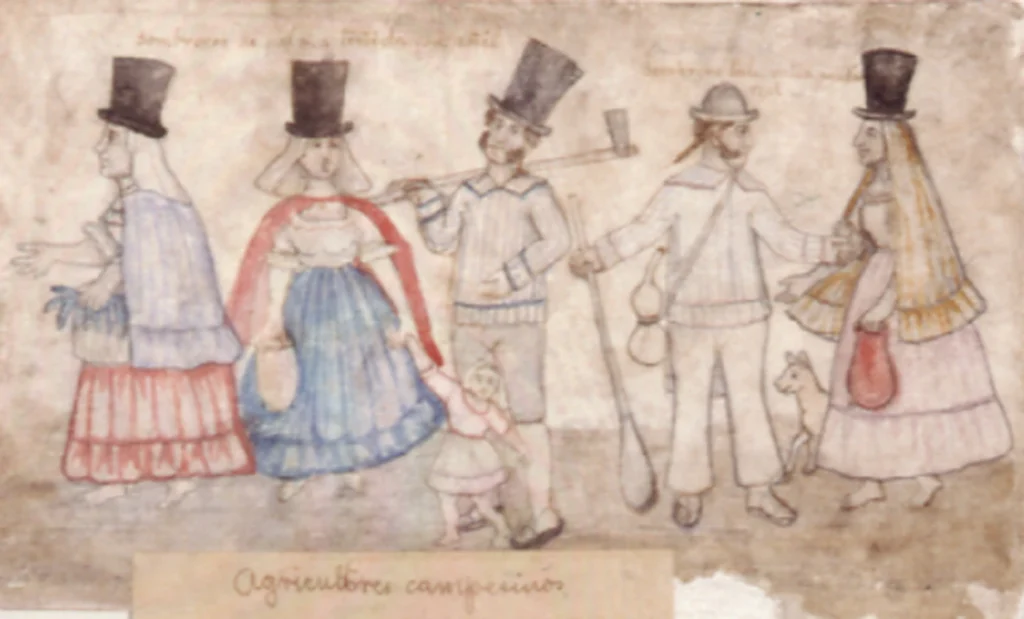
We must remember that the modern typical costume is not the same as the one used by the first settlers of the territory of what is now Costa Rica.
In fact, with the new techniques, the indigenous communities were able to dedicate themselves to the manufacture of fabrics and thus protect themselves from the cold. However, with the arrival of the colonizers, the country’s clothing changed and evolved.
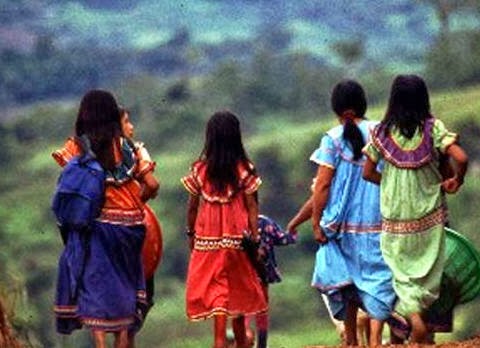
Après l’indépendance, le Costa Rica a été confronté à un état de pauvreté. Pour y remédier, l’économie du café a été développée et, en échange des grains de café, l’Europe a envoyé des vêtements et des chaussures.
In this way, the country began to receive many European-style garments made of cashmere. This is how this material began to be used in the regions of Guanacaste and Puntarenas.
Costa Rica was then impregnated with the fashion of the old continent and so came the petticoat, very popular among women.
However, the materials of the garments depended on the social status of those who wore them. Indeed, the clothing of the poorest people had to be made of cheaper fabrics.
After the boom of European fashion, garments began to have variations: bright and cheerful colors were preferred and more garish petticoats, suits and shirts were created.
This is how the Costa Rican typical costume is being formed to what it is today and taking a place in the culture of the country.
Sensorial Sunsets
Navigate articles




